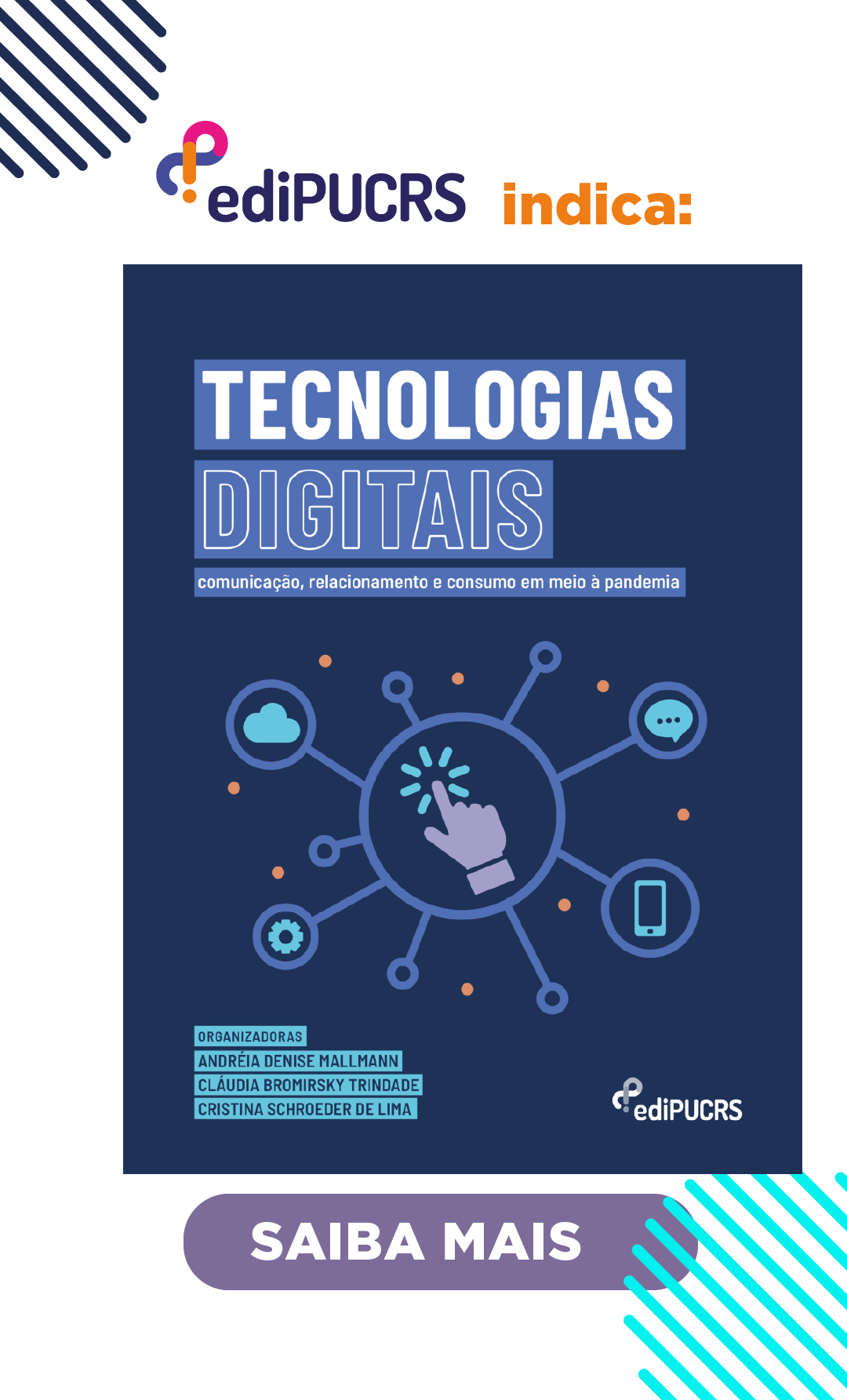Diffusion of innovations: critical appraisal of Rogers' studies
DOI:
https://doi.org/10.15448/1980-3729.2007.33.3432Keywords:
dissemination of information, innovation, Everett RogersAbstract
The diffusion of innovations has been one of the most visible and current attributions of Social Communication, but there are no more intense epistemological discussions about this subject. There are a number of works and theoretical frameworks that address the diffusion of innovations, one of the reference works being the study of Everett Rogers: "Diffusion of Innovations". The purpose of this article is to discuss Rogers' work in the light of social media criticism using bibliographical and documentary research. The analysis of "Diffusion of Innovations" revealed that the work does not fully meet the current social and communication demands linked to the theme, deserving a more comprehensive and deep conceptual revision in view of the current configurations of Social Communication.
Downloads
References
BERLO, D.K. O processo da comunicação: introdução à teoria e à prática. São Paulo: Martins Fontes, 1999.
BLACKWELL, R.D.; MINIARD P.W; ENGEL, J.F. Comportamento do consumidor. São Paulo: Thom- son, 2005.
BOCK, A.M.B. et al. Psicologias: uma introdução ao estudo de psicologia. São Paulo: Saraiva, 2001.
BOUDON, R; BOURRICAUD, F. Dicionário crítico da sociologia. São Paulo: Ática, 2001.
CEBRIÁN, Juan Luis. A rede: como nossas vidas serão transformadas pelos novos meios de comunicação. São Paulo: Summus, 1999.
DeFLEUR, Melvin; BALL-ROKEACH, Sandra. Teorias da Comunicação de Massa. Rio de Janeiro: Zahar, 1993.
FRANK,Kenneth;ZHAO,Yong; BORMAN,Kathryn. Social Capital and the Diffusion of Innovations Within Organizations: The Case of Computer Te- chnology in Schools. Sociology of Education, Albany, v.77, n. 2; p.148-171, Apr. 2004.
GALBRAITH, J. K. A sociedade afluente. São Paulo: Pioneira, 1987.
HARGIE, Colin; TOURISH, Dennis. Corporate com- munication in the management of innovation and change. Corporate Communications. Bradford, v .1, n. 2, p. 3, 1996.
HARTLEY, Robert F. Errores en el marketing. Madrid: Paraninfo, 1990.
HAUG, Wolfgang Fritz. Crítica da estética da mercadoria. São Paulo: UNESP, 1997.
HOCKENBURY, D.; HOCKENBURY, S.E. Descobrindo a psicologia. São Paulo: Manole, 2003.
LEE, Jinkook; SCHUMANN, David W. The influence of communication source and mode on consu- mer adoption of technological innovations. The Journal of Consumer Affairs, Madison, v. 36, n. 1, p. 1-27, Summer 2002.
MATTELART, Armand e MATTELART, Michele. História das teorias da comunicação. São Paulo: Loyola, 1999.
McQUAIL, Denis. Mass Communication Theory: an introduction. 3 ed. Londres: Sage, 1994.
OLIVEIRA, F. Jornalismo científico. São Paulo: Contexto, 2002.
OTTMAN, Jacquelyn A. Marketing Verde. São Paulo: Makron, 1994.
RAM, Sundaresan; SHETH, Jagdish N. Consumer resistance to innovations: the marketing problem and its solutions. The journal of consumer marketing, v. 6, n. 2, p. 5-14, Spring 1989.
ROGERS, Everett M. Diffusion of innovations. 5 ed. Nova York: Free Press, 2003.
SURRY, Daniel W. Diffusion Theory and Instructional Technology. Annual Conference of the Association for Educational Communications and Technology (AECT). Albuquerque, New Mexico, 1997. Disponível em: http:// intro.base.org/docs/diffusion//. Acesso em: 23 Mai. 2005.
STRAUBHAAR, J.; LaROSE, ROBERT. Comunicação, mídia e tecnologia. São Paulo: Thomson, 2004.
WILTON de SOUZA, Mauro. Recepção e comunicação: a busca do sujeito. In Sujeito, o lado oculto de receptor. WILTON de SOUZA, M. (Org.). São Paulo: Brasiliense, p. 13-38, 1995.
Downloads
Published
How to Cite
Issue
Section
License
Derechos de Autor
La sumisión de originales para la Revista Famecos implica la transferencia, por los autores, de los derechos de publicación. El copyright de los artículos de esta revista es el autor, junto con los derechos de la revista a la primera publicación. Los autores sólo podrán utilizar los mismos resultados en otras publicaciones indicando claramente a Revista Famecos como el medio de la publicación original.
Creative Commons License
Excepto donde especificado de modo diferente, se aplican a la materia publicada en este periódico los términos de una licencia Creative Commons Atribución 4.0 Internacional, que permite el uso irrestricto, la distribución y la reproducción en cualquier medio siempre y cuando la publicación original sea correctamente citada.






